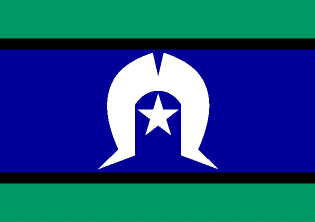Toddler Talking Tips – Embedding language strategies in your everyday

As a caregiver or someone who interacts with a toddler, you might wonder, “Am I doing enough for this little one?”
Here are three simple language strategies you can use in your daily routines at home or on the go to help boost your child’s understanding and expression skills.
Pausing
Is there a book or song that your child loves to hear over and over again? Try pausing for at least five seconds before the last word of the book or the climax of the song and see if they will fill in the blank (eg. Head, shoulders, knees and (pause)).
- If your child says something similar or doesn’t say the word back, say it to them correctly (eg. child says “dah”, caregiver says “toes”).
- If your child says the word correctly, great! Make sure to reinforce what they’ve said by repeating it back to them excitedly (eg. Child says “toes”, caregiver say “toes”).
Be a commentator
Just as Olympic commentators describe every move of an athlete, you can be a commentator for you and your child’s actions too. When you’re close by or playing together, talk about what you are both doing. For example:
- While wiping the highchair, the caregiver could say “I am wipe, wipe wiping the highchair… I am wiping up the dirty highchair”.
- If you see your child struggling to reach their toy you could comment “you need help”.
- Use the same words/comments during everyday routines. Eg. Every time you open a door say “open the door”.
Repeat and expand
Is your child already saying a few words? Perhaps even a few sentences? You can continue to grow and adapt their vocabulary by adding more to the words they say.
- If your child says “dog run”, respond by saying the statement correctly – in this instance it would be “the dog is running”.
- If your child says “I runned over there”, respond by saying the statement correctly – in this instance it would be “I ran over there”.
- If your child says “ball”, try responding with a sentence that adds a descriptive word (eg. “big ball”), action word (eg. “bounce the ball”) or a location word (eg. “the ball is in there”).
If you require further information on whether your child is meeting communication milestones, this handout from Speech Pathology Australia is useful.
If you require further individualised support, contact Kirinari’s Speech Pathology Department:
- By calling 1300 547 462 (ask to speak to the Health Team)
- By emailing speechpathology@kirinari.com.au
Referrals can also be made at this link.
Learn more about Paediatric Speech Pathology here.
Disclaimer: Everyone is unique and there is no one-size-fits-all solution to health. You should always seek health advice from a registered health professional. The blog article above is for general informational value only and you should not rely on this as a substitute for health advice.
Here are some other news articles that may interest you
For all media enquiries, please email:




